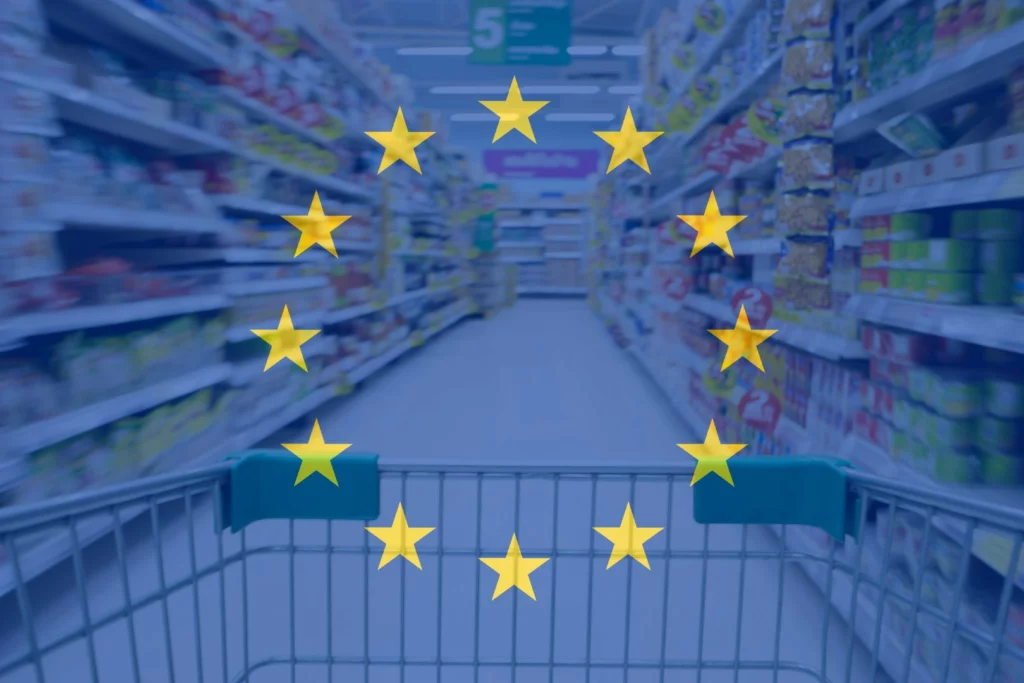Having rapidly deployed new and sometimes untested ecommerce approaches during the pandemic some business-to-business (B2B) organizations have made ecommerce mistakes that you will want to avoid.
Research by Gartner found that 44% of millennial business buyers want a seller-free sales experience and by 2025 eight out of 10 B2B sales interactions between suppliers and buyers will be via digital channels.
Your digital transformation strategy must be well-planned and implemented to support your future success. At the least, it must:
- Meet customer expectations.
- Increase conversions and sales.
- Drive brand loyalty
- Provide ongoing high-quality experiences for customer retention.
The key will be to align the implementation of your B2B ecommerce solution with the needs of your customers and your business.
Eight Common B2B ecommerce mistakes
In no particular order, among the most common and significant B2B ecommerce mistakes are:
#Mistake 1: Assuming your customers don’t want to buy online
Traditionally, it might have been true that B2B customers preferred face-to-face interactions, but the world has moved on and the majority of B2B buyers are now digital natives.
Research shows that up to 80% of decision-makers prefer digital self-service and remote working because it’s easier to schedule, it reduces traveling, and they feel it’s safer.
#Mistake 2: Failing to learn from personal online shopping experiences
B2B buyers regularly shop online and expect the ease and simplicity of their B2C purchases for their work-based buying. This might include live chatbots, advanced search capabilities, multiple secure payment options, and easy returns.
What’s more, it should all be fast and seamless with consistent customer service across all your online and offline channels.
#Mistake 3: Misunderstanding the importance of mobile buying
We have recognized the increased use of mobile devices in B2B buying for several years, but more recent research shows that smartphones have become the preferred device for personal and professional uses amongst millennials.
More than seven out of 10 say their smartphone is the most important device in their day-to-day life. They are more likely than older business professionals to do all of the 35 business activities tracked in the study and, on average, will do 14 of them exclusively via their smartphones.
As well as being ready to deliver outstanding mobile experiences for your B2B buyers, it’s also important to be ready to provide mobile-first support and post-purchase experiences for consistency across all your channels.

#Mistake 4: Underestimating the value of SEO
It’s not only millennials who turn to the internet for their B2B research. According to Google, almost nine out of 10 B2B buyers look for information about potential purchases on the internet and almost half of them will use mobile devices during the process. Overall, they are likely to complete 12 online searches for a single purchase. If they don’t discover your company, products, and services during this process you will be missing out on significant sales opportunities.
Your search engine optimization (SEO) strategy should include keywords that help you to be discovered in non-branded searches that buyers will use at the beginning of their journey.
#Mistake 5: Missing opportunities to negotiate online
Traditionally, price negotiations for B2B orders would be face-to-face. However, like so many other things, we have now discovered that there are digital options that work as well, if not better.
Once they have completed their online research, B2B buyers want to request quotes tailored to their specific requirements. You can streamline your whole sales process by offering to configure, price, and quote (CPQ). When integrated with your ERP system you can accurately handle even complex requirements. Your quotes can be automated to provide fast, error-free pricing and you can include variable quantities, discounts, and additional features.
#Mistake 6: Creating friction in your payment processes
Almost two-thirds of B2B buyers expect to make their payments online. If you don’t offer this option or it is slow and outdated, you will see your buyers looking to your competitors for more flexible frictionless payment options.
Be prepared to offer online direct debit, terms through in-house credit arrangements or third-party credit management, card payments, and other options such as PayPal. To increase customer satisfaction, you can also provide your customers with a one-click payment setup.
#Mistake 7: Letting down your products with poor information
Your ecommerce site is much more than a digital product catalog and your buyers have high expectations of your product information. The minimum requirements are good-quality product images and accurate, useful descriptions. Adding dimensions, packed and unpacked weights and sizes, model or part numbers, compatibility details, installation and user instructions, and stock availability will help to improve your online conversion rates. For your registered customers you can even offer them bespoke menus tailored to their needs.
#Mistake 8: Ignoring the power of integration
Integrating your B2B ecommerce platform with your enterprise, product information, warehousing, and customer relationship management (CRM) systems provides you with a single source of information about your business performance and customer behavior in near real-time.
Importantly you will also be able to streamline processes through automation and improve customer satisfaction by reducing manual data entry thanks to fully functional online self-service.
Take expert advice
To avoid these and other potential pitfalls in your B2B ecommerce journey take the advice of professionals who have been delivering solutions for clients around the world for over a decade. By utilizing Cloudfy’s ecommerce platform, businesses can address these common mistakes and create a seamless and optimized B2B e-commerce experience for their customers.
Speak to one of our experts to find out more.
While face-to-face interactions were more common in the past, the majority of B2B buyers now prefer digital self-service and remote working for their convenience, efficiency, and safety.
While face-to-face interactions were more common in the past, the majority of B2B buyers now prefer digital self-service and remote working for their convenience, efficiency, and safety.
B2B ecommerce platforms should provide features like live chatbots, advanced search capabilities, multiple secure payment options, easy returns, and consistent customer service across all channels.
Mobile devices, especially smartphones, play a significant role in B2B buying, particularly among millennials. It is crucial to deliver outstanding mobile experiences and provide mobile-first support for consistency.
Integrating B2B ecommerce platforms with enterprise, product information, warehousing, and CRM systems provide a centralized source of real-time information, streamlines process through automation and enhances customer satisfaction through self-service capabilities.






